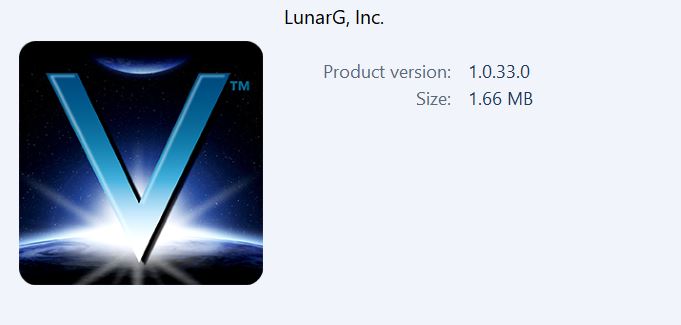If you are running Windows on your computer, you may have seen a program called Vulkan Runtime Libraries with a bluish logo. Chances are, you did not install it yourself.
Seeing such software on your PC can worry you because you are not sure if it is a virus or not. You also certainly did not put it there.
So, what is it and what does it do? Should you keep it or remove it? Is it safe?
What is Vulkan Runtime Libraries
Most computers nowadays come with graphics cards that require their custom drivers made and installed by the manufacturer.
Vulkan Runtime Libraries is therefore a driver software installed by the manufacturer of your PC’s graphics card manufacturer. It is more of a new graphics standard similar to DirectX and OpenGL.
This software is likely to install on your laptop or computer without you noticing it or without asking for any permissions.
- Put simply, VulkanRT Libraries is a 3D graphics API developed by LunarG, Inc, a 3D graphics driver and software development services company.
- It is found on computers whose graphics card is manufactured by NVIDIA or AMD.
- The program is not a virus. It is not harmful, malicious or dangerous in any way.
Where did the software come from?
You will most likely notice this software on Windows 10 and 8.1. It’s installation occurs in the background when your system updates its graphics drivers.
When installed on the Windows system, both 32 bit and 64bit, it enhances the graphic performance of your computer. As a result, you will get a fluid gaming experience especially if your computer games are 3D.
Where it is noticed?
VulkanRT is usually noticed in the programs listed under the control panel of your Windows computer. To notice it, do the following:
- Click Start
- Type ‘Control Panel’ and press ENTER on your keyboard.
- Click on ‘Uninstall a Program’ to open a list of all software programs installed.
- Inspect this list to see Vulkan Runtime Libraries.
You can also find it under the Apps and Settings feature in Windows 10. See the screenshot below.
What does VulkanRT do?
The role of the Vulkan graphics driver is to attempt to provide a much reduced overhead and give more direct control over your computer’s graphics processing unit. (GPU). It also lowers the CPU load on your machine.
This update may be required in some modern games such as Steam, Star Citizen, Dota 2, Talos Principle, Unity, and CryEngine. This is because GPU applications support a much wider range of high-performance graphics applications.
Therefore, Vulkan Runtime Libraries may be observed on Windows 7 and above as these are the operating systems that have evolved from the 2D graphic operations and GDI options that were available in previous operating systems.
Can I remove it?
Even though you did not actively install this application on your PC, you do not need to uninstall it. It is not harmful to your computer.
If anything, it helps maximize on the efficiency of resource usage on your computer as it is a newer PAR render with a much smaller, simpler driver.
If you do not play games on your PC, you can remove it. Another reason for getting rid of Vulkan Runtime Libraries is that not all games use it. So, if you are sure your games do not use its drivers, you can remove it.
- Note that uninstalling may cause some graphics or display problems on your computer.
- If this happens, you may need to re-install it.
The problem with this is that you cannot manually install it back after removal. However, you can do this through the device manager on your PC.
- On your PC, right click on “This PC”
- Click on Manage.
- Click on Device Manager
- Expand the Display adapters section. You will see the missing driver. It will be indicated by a yellow sign.
- Right click on the device with the error and select ‘Update Driver’.
- Let your PC search and install the missing driver on its own.
Note that you can only do this if you are connected to the internet.
References
https://msdn.microsoft.com/en-us/library/windows/desktop/ee417756(v=vs.85).aspx



